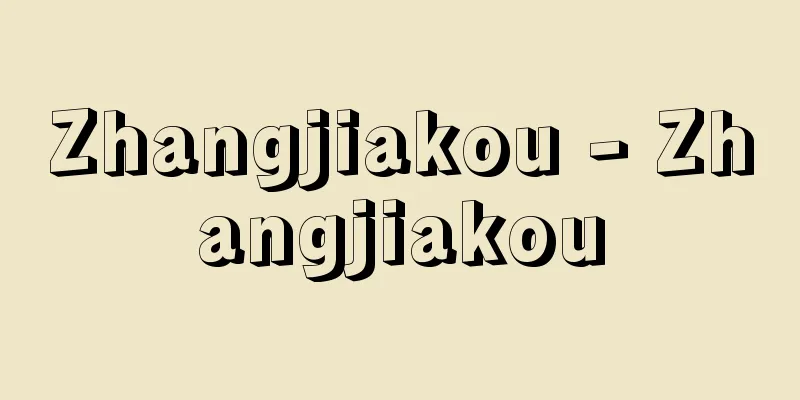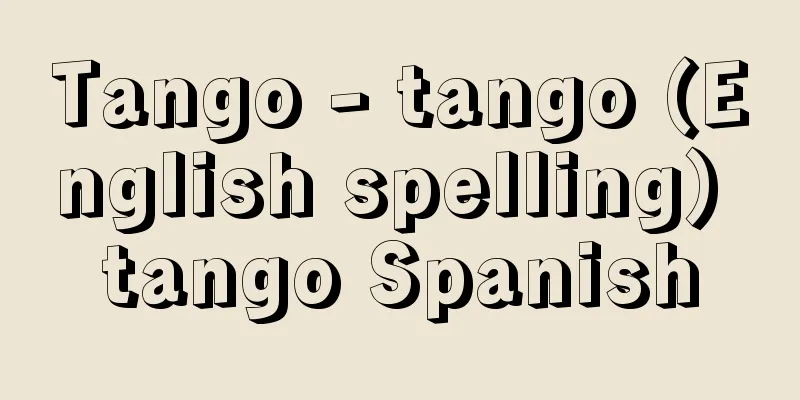Kameido Incident

|
Taking advantage of the chaos caused by the Great Kanto Earthquake, the military, with the cooperation of the police, murdered workers in Kameido, Tokyo. After the earthquake occurred in September 1923 (Taisho 12), the police arrested many Koreans, socialists, and labor union members, and Kameido Police Station also arrested about 700 people. Of these, ten members - Hirasawa Keishichi of the Pure Laborers' Union, Nakasuji Uhachi, Kawai Yoshitora of the Nankatsu Labor Association, Kato Takaju, Kitajima Kichizo, Kondo Hirozo, Sato Kinji, Suzuki Naoichi, Yamagishi Jitsuji, and Yoshimura Koji - were arrested on the night of September 3rd and killed by soldiers of the Narashino 13th Cavalry Regiment either within the grounds of Kameido Police Station or at the Arakawa Floodway between the night of the same day and the early morning of the 4th (some say the time was between the night of the 4th and the early morning of the 5th). It is also said that two of the ten were killed at different times. Over the course of four days, four members of the vigilante group, one secretary of the Japan Labor Engineering Association (a labor union that had organizations at Nippon Sharyo and other companies), one judo instructor, and many Koreans were also killed within Kameido Police Station or at the Arakawa Floodway. The Pure Laborers' Union and the Nankatsu Labor Association were in fierce conflict with Kameido Police Station over anti-bad laws, May Day, and the Oshima Steel Works strike in 1922 (Taisho 11). The incident was first made public on October 10, but the military's actions were taken for granted as they were actions under martial law. Two lawyers from the Japan Federation of Bar Associations, Fuse Tatsuji and Yamazaki Kesaya, pursued the truth of the incident and demanded the exercise of judicial power, the Nankatsu Labor Association and the General Federation of Bar Associations launched a campaign of denunciation, and the Tanemaki Company, run by Komaki Oumi and Kaneko Yobun, published a memoir of martyrdom titled Tanemaki Zakki based on materials compiled by the Japan Federation of Bar Associations, but all of this was ignored. [Yoshiaki Yoshimi] "Kameido Incident Monument Memorial Association, ed. 'Records of the Kameido Incident' (1972, Japan National Rescue Association)" [Reference] |Source: Shogakukan Encyclopedia Nipponica About Encyclopedia Nipponica Information | Legend |
|
関東大震災の混乱を利用し、軍隊が警察の協力を受けて東京・亀戸の労働者らを殺害した事件。1923年(大正12)9月大震災が起こると、警察は多くの朝鮮人や社会主義者、労働組合員を検挙したが、亀戸署でも約700名を検挙した。このうち純労働者組合の平沢計七(けいしち)、中筋宇八、南葛(なんかつ)労働会の川合義虎(かわいよしとら)、加藤高寿(こうじゅ)、北島吉蔵(きちぞう)、近藤広蔵(こうぞう)、佐藤欣治(きんじ)、鈴木直一(なおいち)、山岸実司(じつじ)、吉村光治(こうじ)の10名は9月3日夜検束され、同日夜から4日未明にかけて(4日夜から5日未明にかけてとする説もある)、習志野(ならしの)騎兵第一三連隊の兵士によって亀戸署構内または荒川放水路で殺害された。10名のうち2名は別の時間に殺されたともいわれている。4日前後に自警団員4名、日本労技会(日本車輛(しゃりょう)などに組織をもっていた労働組合)幹事1名、柔道師範1名、朝鮮人多数も亀戸署内または荒川放水路で殺害された。純労働者組合や南葛労働会は、悪法反対運動やメーデー、1922年(大正11)の大島製鋼所争議などをめぐって亀戸署と激しく対立していた。事件は10月10日に初めて公表されたが、軍隊の行為は戒厳令下の行動として当然のこととされた。自由法曹団の布施辰治(ふせたつじ)、山崎今朝弥(けさや)両弁護士らは事件の真相を追及して司法権の発動を要求し、南葛労働会や総同盟は糾弾運動を行い、小牧近江(こまきおうみ)、金子洋文(ようぶん)らの種蒔(たねま)き社は、自由法曹団が作成した資料に基づいて殉難記『種蒔き雑記』を発行したが、いずれも黙殺された。 [吉見義明] 『亀戸事件建碑記念会編『亀戸事件の記録』(1972・日本国民救援会)』 [参照項目] |出典 小学館 日本大百科全書(ニッポニカ)日本大百科全書(ニッポニカ)について 情報 | 凡例 |
Recommend
Hakama - Hakama
It is a type of Japanese clothing and is worn for...
Franziska Elssler
Austrian ballerina who represents the Romantic ba...
Chemical energy
Energy stored as chemical bonds within elements o...
Chalking
...Epoxy resin paints are characterized by their ...
Corydalis ambigua (English spelling)
… [Morita Tatsuyoshi]. … *Some of the terminology...
Blue lugworm - Blue lugworm
...When examining the stomachs of flatfish, 70 to...
Katsumaro Akamatsu
Social activist. Born in Yamaguchi Prefecture on ...
Ashiraikan - Ashiraiai
...Hachiki, Tsuchigumo, etc. In addition to the f...
Li Xiong; Li Hsiung
[Raw] Taishi 10 (274) [Death] Gyokuhō 24 (334) The...
Separation size
…By size separation, raw materials are separated ...
Union Officer - kumiai yakuin
This refers to a person who holds a leadership pos...
Nodal region
...Areas that are understood in this way are call...
Cebu [island] - Cebu
A long, narrow island stretching from north to sou...
Friend or foe identification device
IFF is an abbreviation of "identification fri...
Ewins, AJ (English spelling) EwinsAJ
…A strong base, choline acetate. It was isolated ...









